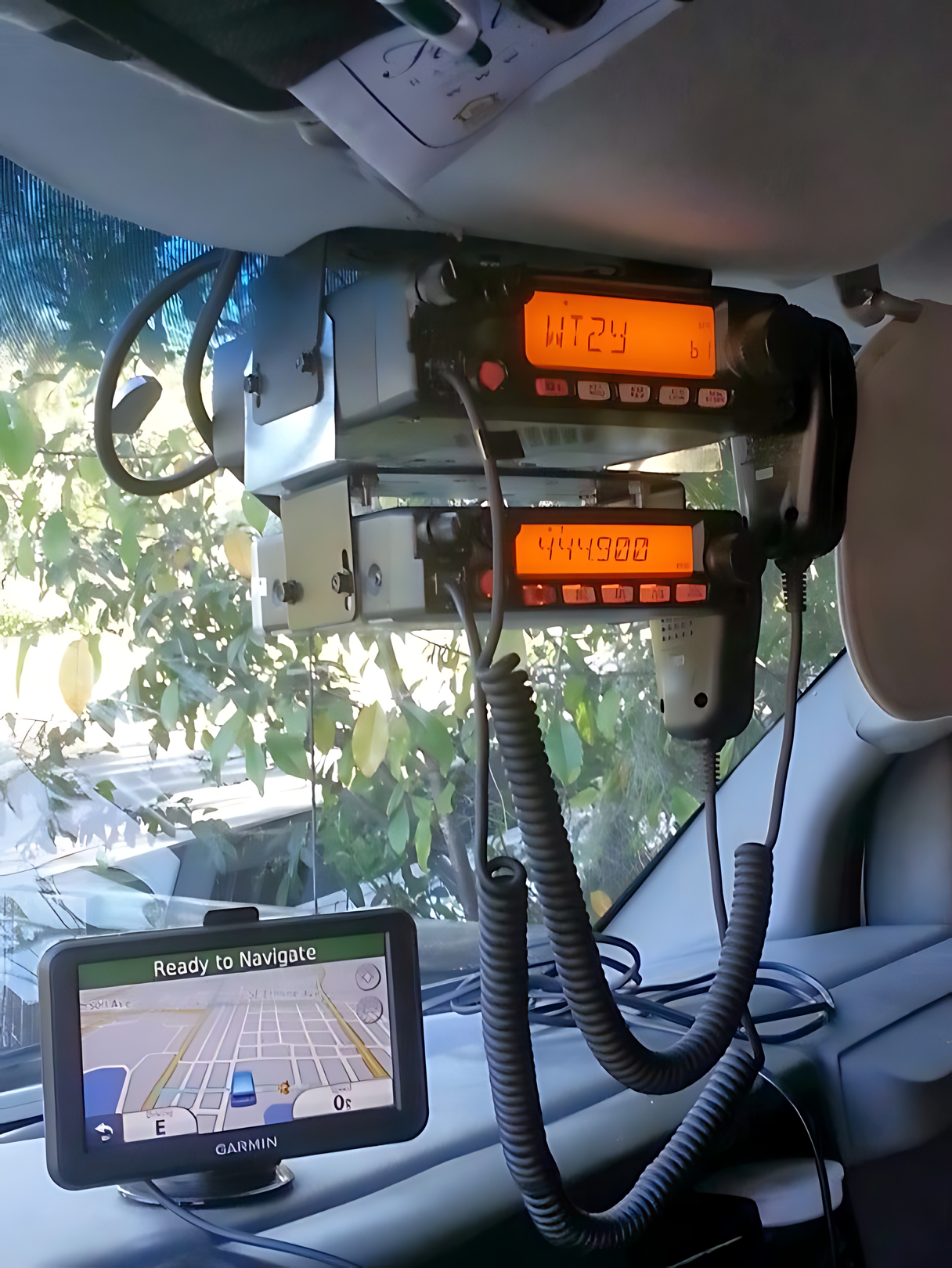In the United States, signal jammers are illegal. The FCC bans the marketing, sale, and even possession of devices that intentionally block wireless communications, whether it’s for cell service, GPS, or Wi-Fi. If you’re caught, you could face fines up to $112,500 and even jail time.
But why are they illegal? The official reason is public safety—to prevent interference with emergency calls, aircraft navigation, and other critical systems. However, the unofficial truth is about control. The same government agencies that ban them for public use—the FCC, the military, and other federal entities—can legally use them anytime they deem it “necessary.”
Signal Jammers in a Post-Collapse World
When the grid goes down and society teeters on the brink of collapse, laws won’t keep you safe. Preparation will. In this scenario, a signal jammer could provide a crucial tactical advantage.
- You could stop drones from tracking your location.
- You could block GPS trackers hidden on your vehicle.
- You could cut off enemy communications during a home defense situation.
- You could prevent thieves from using wireless skimmers or coordinating attacks.
In a post-collapse world, you wouldn’t need the FCC’s permission—you’d need an edge.
How a Basic Jammer Works
Here’s a look at how simple these devices are to make. This information is for educational purposes only and does not condone illegal activity.
A signal jammer works by broadcasting a powerful “noise” signal on the same frequency a target device uses. This noise overwhelms the legitimate signal, making communication impossible. It’s like trying to have a conversation with someone while another person is screaming in your ear.
With less than $50 worth of parts and some basic electronics knowledge, you could build a simple, short-range cell jammer using:
- RF Oscillator Module: Generates the interference signal.
- Tuning Capacitors: Adjusts the frequency to match the target signal.
- Antenna: Transmits the interference.
- Power Source: A 9V battery or a small lithium-ion battery.
The entire circuit can be assembled on a simple breadboard. Once powered on, the oscillator floods the air with noise, and any device in range will lose its connection or experience severely degraded performance. It’s disturbingly easy, which is why you should expect to see these devices everywhere if a crisis occurs.
Signs You’re Being Jammed
If you suddenly lose communications, it could be a sign that someone is using a signal jammer against you. Here are some signs to look for:
- Your phone loses signal in an area where you usually have full bars.
- Your Wi-Fi drops unexpectedly, even with a strong signal.
- Your GPS navigation freezes or shows “searching for signal.”
- Multiple devices fail at once, not just your phone.
In a crisis, losing communications isn’t just an inconvenience—it’s dangerous. Your ability to protect your communications could be the difference between safety and disaster.




